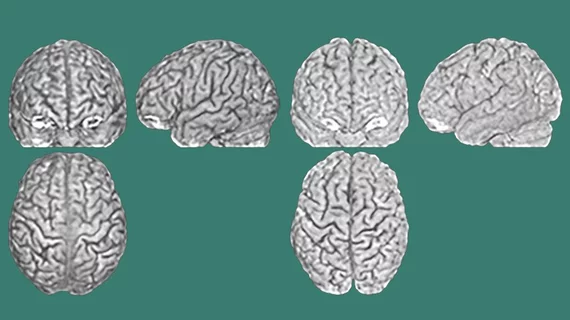MRI study: No 2 brains are the same—even among identical twins
Researchers from the University of Zurich in Switzerland have found that no two brains are the same. Findings, published in the April issue of Scientific Reports, demonstrate that brain anatomy differs in every individual due to a combination of genetics and life experiences.
Experiences influence the brain and interact with a person's genetic make-up so, over time, every person develops a different brain anatomy, explained lead author Lutz Jäncke, PhD, a professor of neuropsychology at the University of Zurich.
For their study, Zurich and colleagues analyzed the brains of 191 healthy adults who underwent three MRI scans over the course of two years. After assessing more than 450 brain anatomical features, the researchers identified an individual combination of specific brain anatomical characteristics in each study participant with 90 percent accuracy.
“With our study we were able to confirm that the structure of people’s brains is very individual,” Jäncke explained—and it would have been "unimaginable" decades ago but is now possible to uncover due to advanced imaging software and technology. “The combination of genetic and non-genetic influences clearly affects not only the functioning of the brain, but also its anatomy.”

